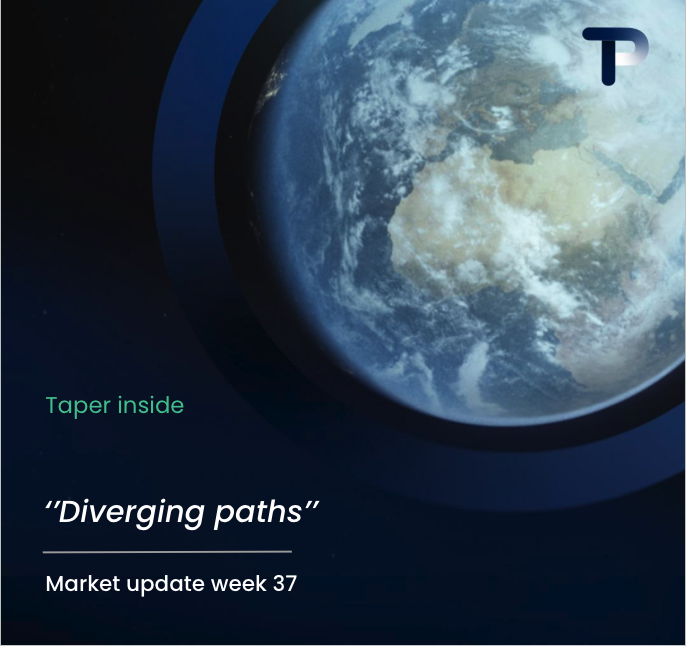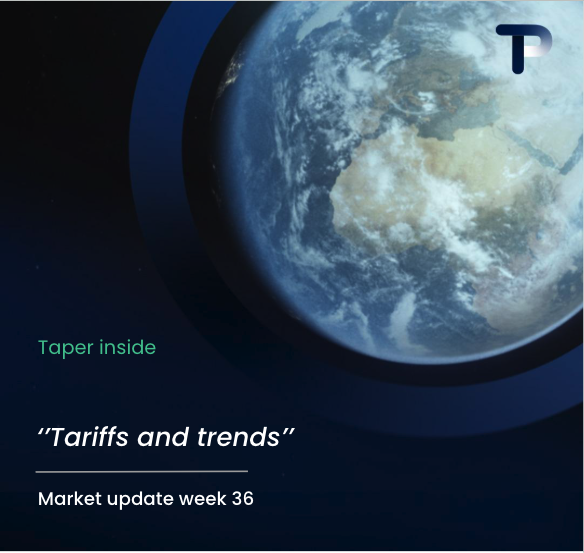Choosing the right multi-currency payment solution requires evaluating ten key questions: What currencies do you need? What are the total costs including hidden fees? Does it integrate with your existing systems? What security measures are in place? How competitive are the exchange rates? What compliance standards does it meet? How reliable is customer support? What payment methods are supported? How scalable is the platform? What reporting capabilities does it offer? These questions help you find a solution that reduces costs, improves efficiency, and supports your international business growth.
Why choosing the right multi-currency payment solution matters for international business
Your choice of multi-currency payment solution directly impacts your bottom line and operational efficiency. The right platform can save you thousands in foreign exchange costs whilst streamlining your international payment processes.
When you’re handling cross-border payments regularly, even small differences in exchange rates and fees compound quickly. A solution that offers transparent pricing and competitive rates can reduce your international payment costs by significant amounts over time. This cost reduction directly improves your profit margins on international sales.
Beyond cost savings, the right multi-currency payment platform enhances your cash flow management. Instead of waiting days for currency conversions and international transfers, modern solutions process payments quickly and allow you to hold balances in multiple currencies. This flexibility means you can pay suppliers immediately when exchange rates are favourable.
Your payment solution also affects customer experience. When you can accept payments in your customers’ local currencies, you remove friction from the buying process. Customers prefer seeing prices in familiar currencies and avoid the uncertainty of conversion costs at checkout.
For growing businesses, scalability matters tremendously. Your payment solution should accommodate new markets, additional currencies, and increased transaction volumes without requiring complex setup processes or expensive infrastructure changes.
What are the most important features to look for in a multi-currency payment platform?
The most important features include multi-currency IBAN accounts, real-time exchange rates, comprehensive payment processing capabilities, seamless integration options, and robust compliance frameworks. These features form the foundation of effective international payment management.
Multi-currency IBAN accounts eliminate the need for multiple foreign bank accounts. You can receive payments directly in various currencies and hold balances without immediate conversion requirements. This feature provides flexibility in timing your currency exchanges and reduces administrative complexity.
Real-time exchange rate visibility helps you make informed decisions about when to convert currencies. Look for platforms that display live rates and allow you to set rate alerts. Some solutions offer rate locking features that protect you from adverse currency movements during payment processing.
Integration capabilities determine how well the payment solution fits into your existing workflow. Your platform should connect with your accounting software, e-commerce systems, and other business tools. API access allows for custom integrations when standard connections aren’t sufficient.
Payment processing capabilities should cover various methods your customers prefer. This includes card payments, bank transfers, digital wallets, and local payment methods popular in your target markets. The more options you offer, the higher your conversion rates typically become.
Compliance frameworks ensure your payments meet regulatory requirements across different jurisdictions. Look for solutions that handle anti-money laundering checks, know-your-customer procedures, and reporting requirements automatically.
How do currency conversion rates and fees impact your international payment costs?
Currency conversion rates and fees can account for 2-4% of your total transaction value, making them one of the largest cost factors in international payments. Understanding these costs helps you compare providers effectively and choose the most cost-effective solution.
Exchange rate margins represent the difference between the interbank rate and the rate you receive. Traditional banks often apply margins of 2-4% above the mid-market rate, whilst specialised payment providers typically offer margins of 0.5-1.5%. Over time, these differences create substantial cost variations.
Transaction fees come in various forms including flat fees per transaction, percentage-based fees, and monthly account maintenance charges. Some providers advertise low exchange rate margins but compensate with higher transaction fees. Calculate your total cost by considering both components together.
Hidden charges often appear as receiving fees, intermediary bank charges, or lifting fees. When comparing providers, request a complete fee schedule and ask specifically about additional charges that might apply to your transaction types.
Volume-based pricing can significantly reduce costs for businesses with regular international payment needs. Many providers offer tiered pricing where rates improve as your monthly transaction volume increases. Consider your projected volumes when evaluating pricing structures.
Timing also affects costs through currency volatility. Solutions that allow you to hold multiple currency balances enable you to convert funds when rates are favourable rather than being forced to convert at transaction time.
What compliance and security measures should your payment solution provide?
Your payment solution must provide comprehensive regulatory compliance including anti-money laundering procedures, data protection standards, and jurisdiction-specific requirements. Security measures should include encryption, fraud monitoring, and secure authentication protocols.
Anti-money laundering compliance involves customer verification procedures, transaction monitoring, and suspicious activity reporting. Your provider should handle these requirements automatically whilst maintaining smooth customer experiences. Look for providers with established compliance teams and regular auditing procedures.
Data protection standards vary by region but generally require encryption of sensitive information, secure data storage, and controlled access procedures. Ensure your provider complies with relevant standards such as GDPR in Europe or PCI DSS for card transactions.
Fraud monitoring systems should analyse transaction patterns and flag unusual activities automatically. Advanced systems use machine learning to identify suspicious behaviour whilst minimising false positives that could disrupt legitimate transactions.
Secure authentication protocols protect account access through multi-factor authentication and secure login procedures. Your provider should offer various authentication methods including SMS codes, authenticator apps, and biometric options where available.
Regular security audits and certifications demonstrate your provider’s commitment to maintaining high security standards. Look for certifications from recognised security organisations and evidence of regular penetration testing and vulnerability assessments.
When evaluating multi-currency payment solutions, these ten questions provide a comprehensive framework for making an informed decision. The right solution balances cost-effectiveness with functionality whilst ensuring security and compliance requirements are met. Consider your specific business needs, transaction volumes, and growth plans when weighing different options. At TaperPay, we understand that choosing the right fx payments solution is crucial for international business success, and we’re here to help you navigate these important decisions.
Hi there! 👋 I see you're reading about multi-currency IBAN accounts for supply chain payments. Smart choice - these accounts can save businesses 2-4% on every international transaction!
What best describes your current situation with international supplier payments?
Which of these challenges are you currently facing with international payments? (Select all that apply)
What's driving your interest in multi-currency payment solutions? Tell us about your business goals or challenges.
Great! To help us understand your specific needs better, could you share more details about your international payment volume or any particular requirements?
Perfect! Let's connect you with one of our international payments specialists who can show you exactly how Taper's multi-currency IBAN accounts can save you money and streamline your supply chain payments.



